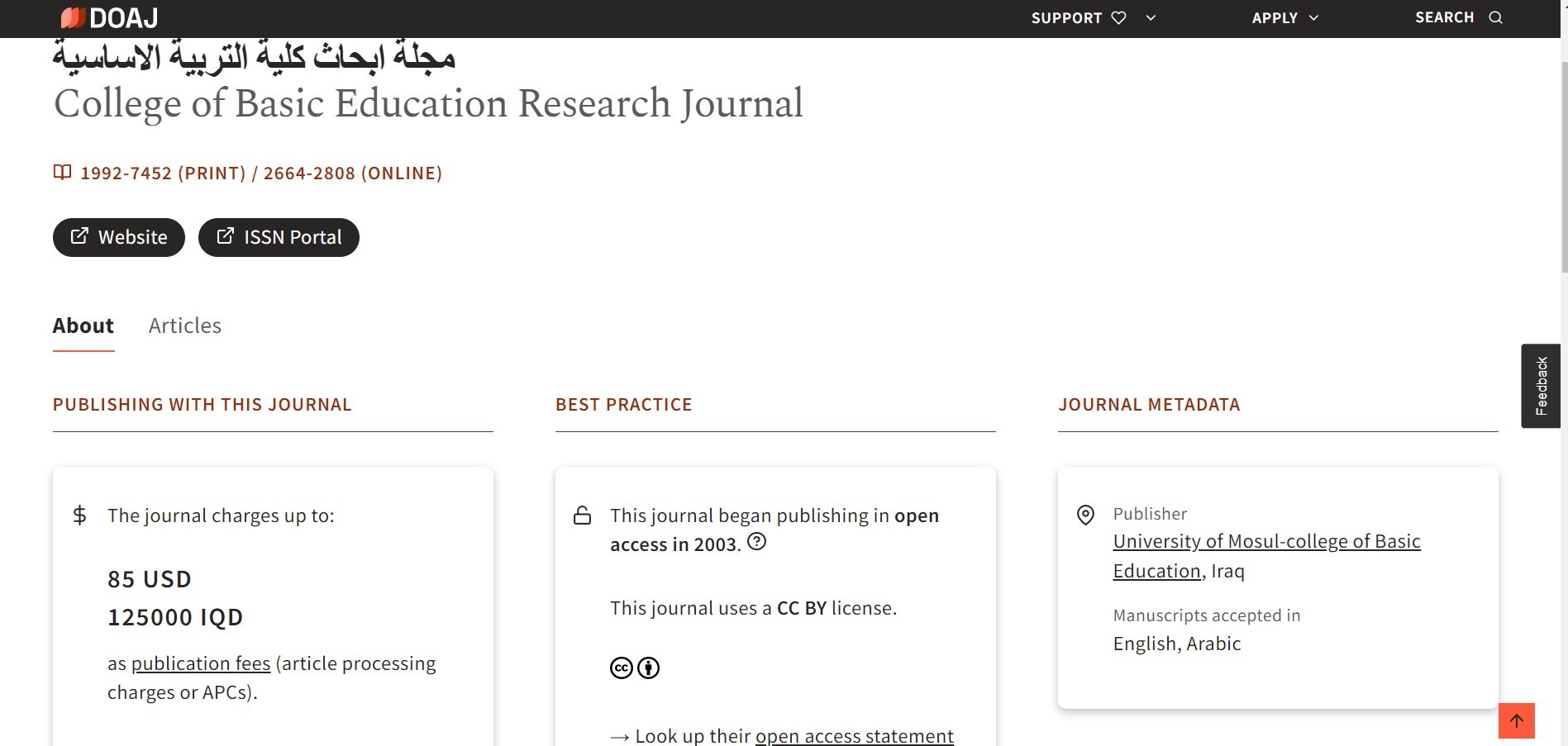The Role of Specific Physical Abilities and Physiological Variables in Developing Poomsae Performance Level in Taekwondo
Abstract
Chapter One outlined the importance and problem of the research, which aims to determine the relationship and mutual influence between specific physical abilities and physiological variables and the level of Poomsae (forms) performance in Taekwondo. It also sought to identify the most significant specific physical abilities (such as explosive power, flexibility, balance, speed, and muscular endurance) that directly impact the quality and effectiveness of Poomsae movements. Furthermore, it aimed to assess the influence of certain physiological variables (such as heart rate, blood lactic acid concentration, and anaerobic capacity) on athletes' ability to perform Poomsae for extended periods while maintaining technical proficiency. Chapter Two detailed the research methodology. The researcher adopted a descriptive approach due to its suitability for the nature of this study. The research sample was intentionally selected from male Taekwondo national team athletes in Baghdad Governorate, over 21 years of age, who are advanced practitioners. The sample size consisted of 15 athletes who had achieved advanced rankings in Poomsae (imaginary combat) competitions. Chapter Three presented the results, indicating that the specific physical abilities and physiological variables contributing to Poomsae performance (under investigation) were, in order of importance: explosive power of the legs, spinal flexibility, blood glucose concentration, static balance, movement speed, anaerobic capacity, and explosive power of the arms. Chapter Four concluded that the proposed training program should focus on developing the specific physical abilities and functional efficiency of Poomsae athletes due to their positive contribution to Poomsae performance (under investigation).



